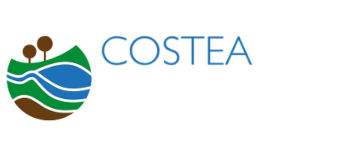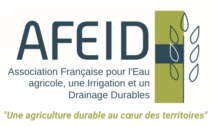Irrigation policy in Cambodia, history, achievements and challenges of AFD's intervention
2015The French Development Agency (AFD) has been involved in supporting the development of the irrigation sector in Cambodia since the mid-1990s. This involvement began with the Prey Nup polders rehabilitation projects, which swiftly became iconic given the extension of irrigated areas, the production and productivity gains, and the strengthening of the farmers’ association that the project entailed.
The types and modalities of AFD’s interventions are now multifaceted, with the explicit aim to contribute to the development of a sector-wise public policy framework based on one principle, that of sharing responsibilities between the Ministry in charge of the irrigation portfolio (Ministry of Water Resources and Meteorology of Cambodia (MoWRAM)) and water users (organised in Farmer Water Users Groups (FWUC)). AFD’s intervention strategy was progressively built ‘en route’ by a core group of people sharing a specific vision of what irrigation in Cambodia should be. This largely happened on an ad-hoc basis, and over time, in response to emerging needs (compared to an approach that would have been defined a priori). Besides the rehabilitation of various irrigated schemes and building the capacity of irrigators to help manage these schemes, the interventions carried out by the AFD and its partners have contributed to (1) the implementation of various tools and schemes (information system on irrigation schemes, maintenance fund, ‘apex committees’), (2) the creation of organisations (FWUC, ISC, FWN), and (3) the development of the Cambodian policy framework (FWUC sub-decree, rehabilitation policy and maintenance of irrigated systems), which could be a starting point for a sustainable irrigation development policy.



